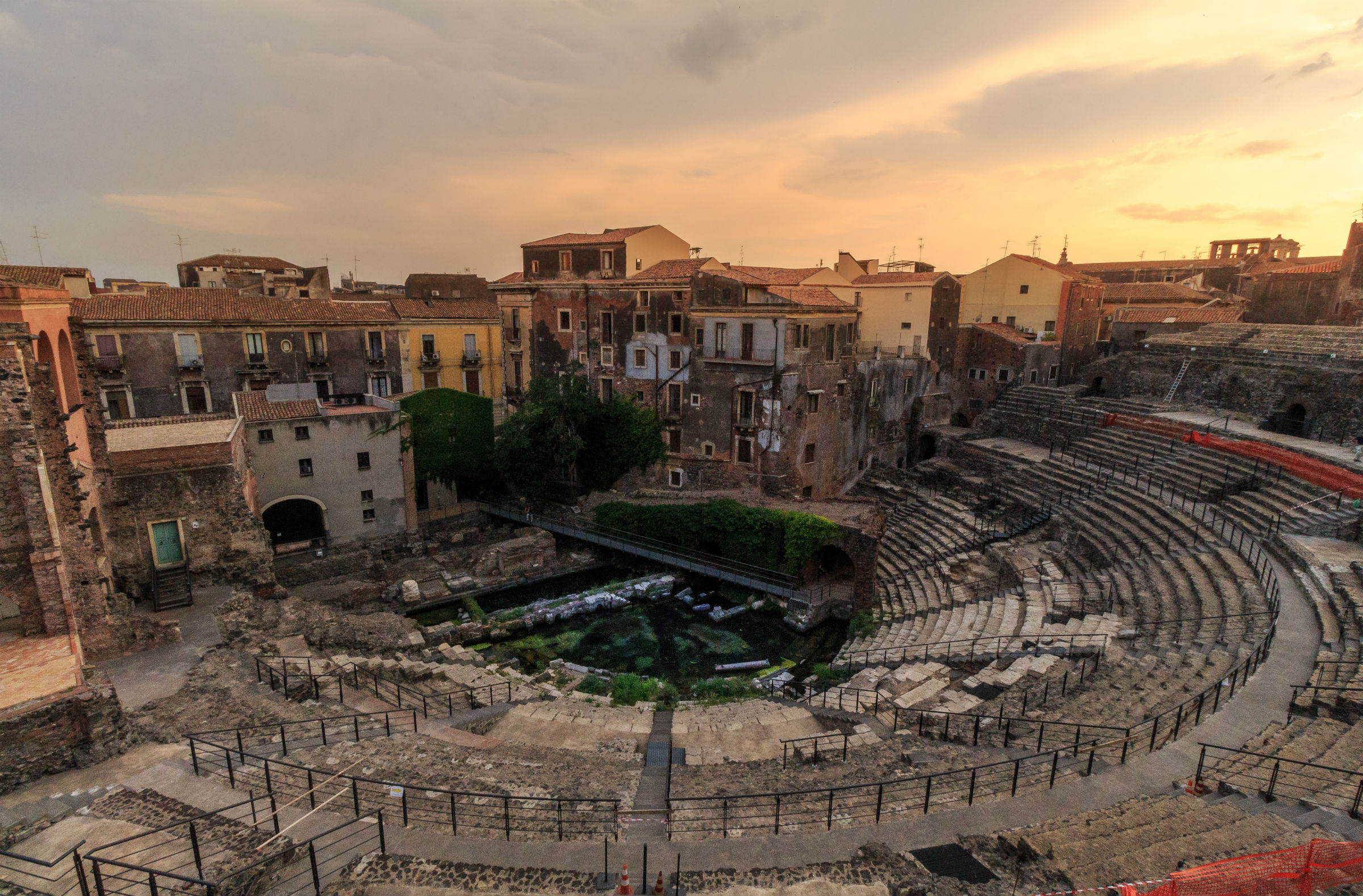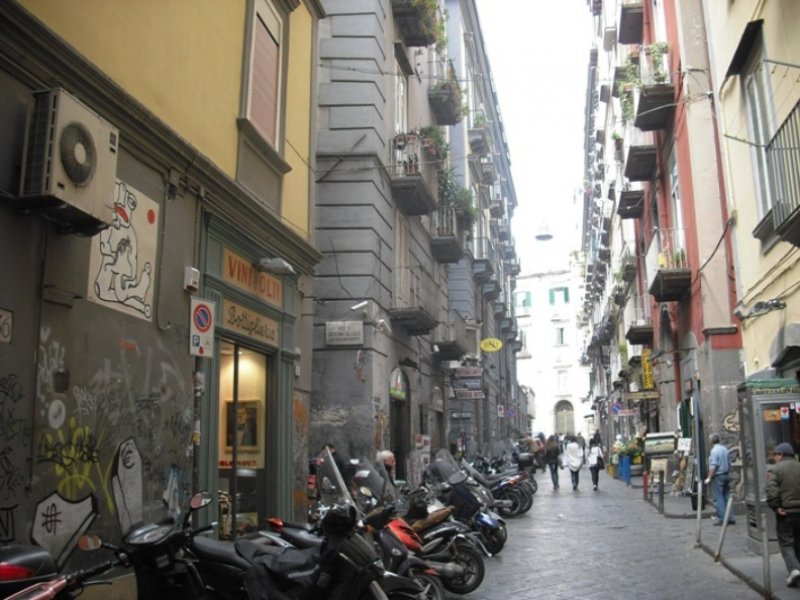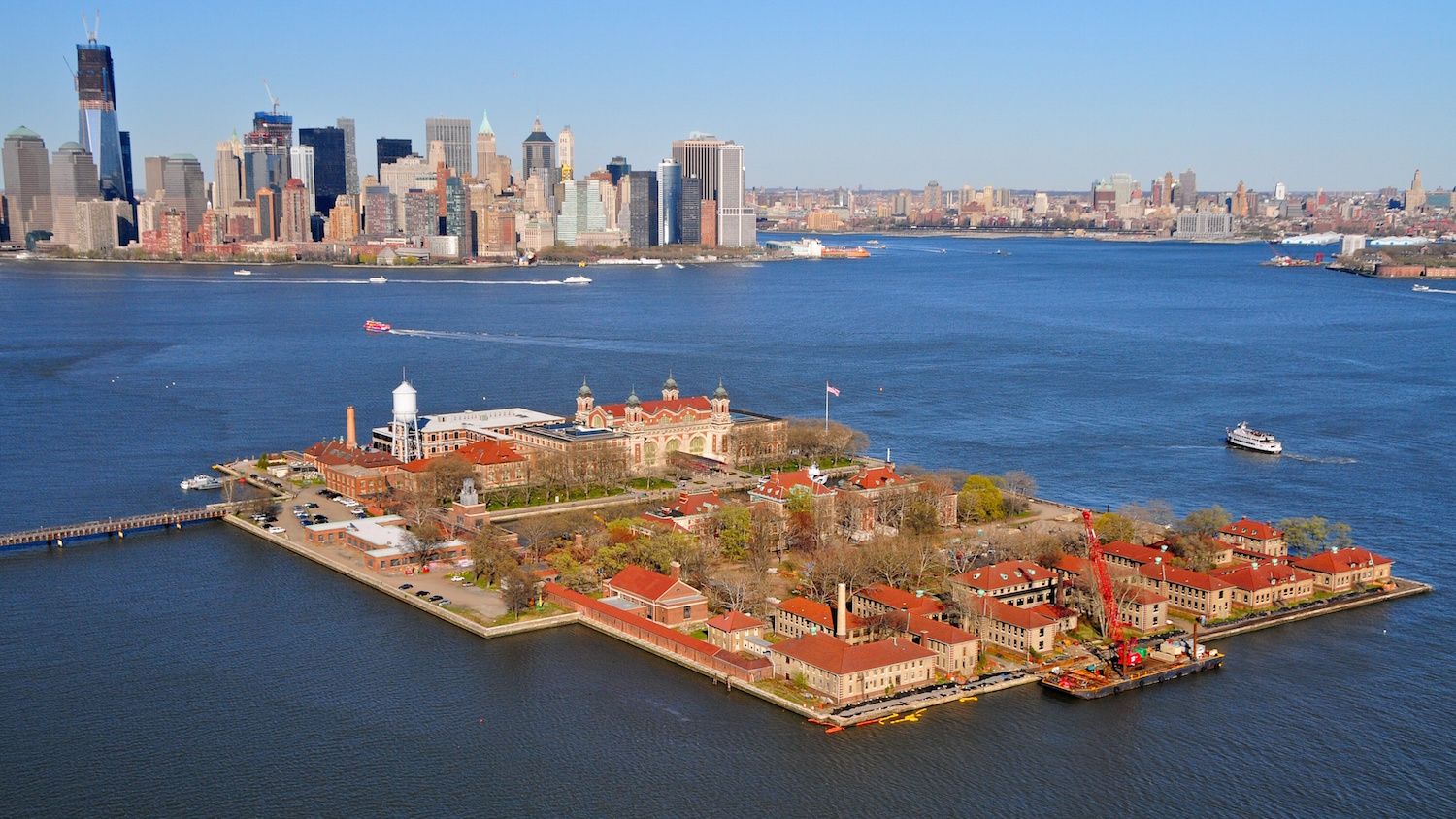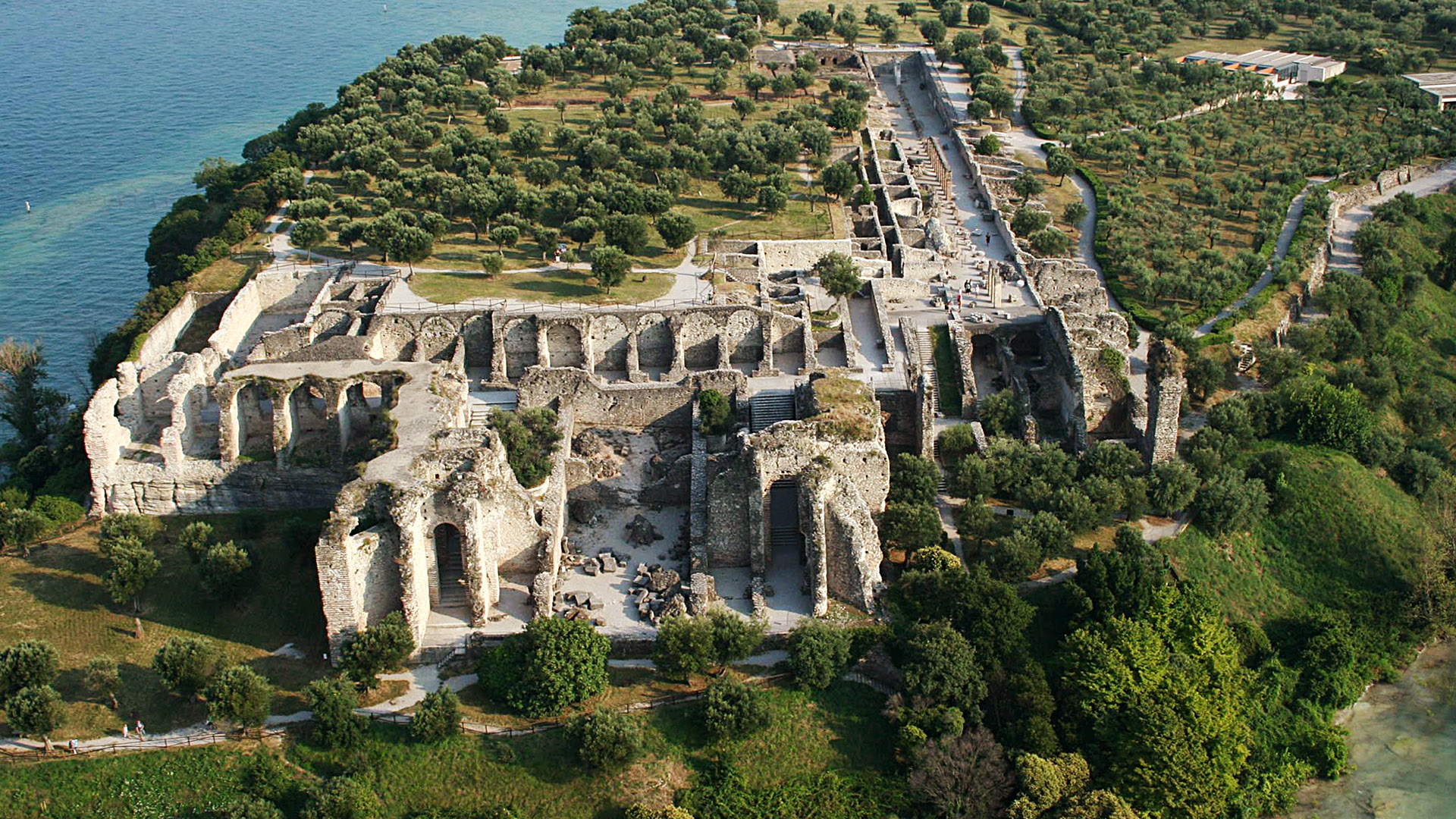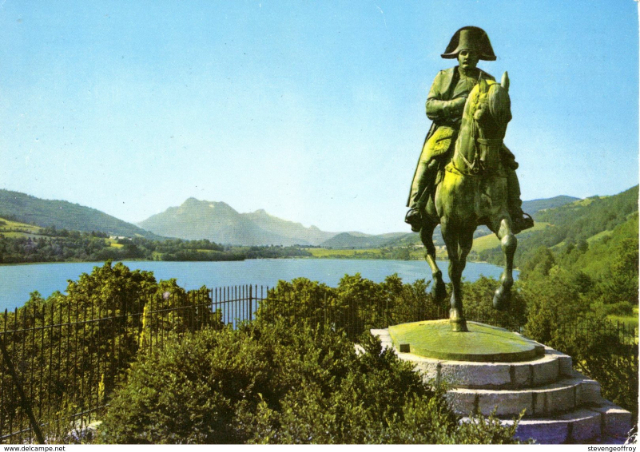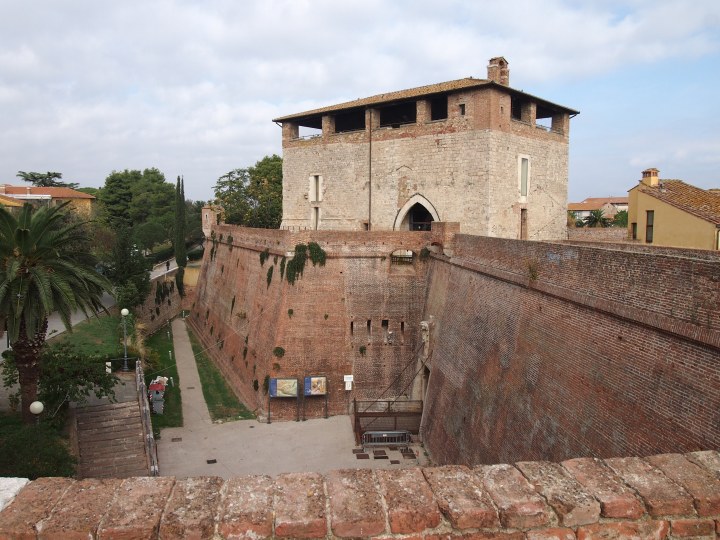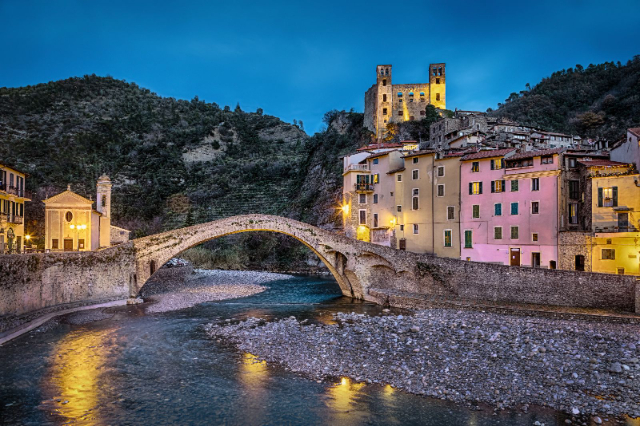lthough it is located in the heart of the historic center of Catania, the Roman theater must really be found. It is not at the top of a hill dominating the town. It is half hidden by an endless series of nineteenth-century buildings, which prevent its view, almost as if to protect it from prying eyes.
As you walk, look for the building that is lower than the others, all dark gray and whose windows and white frames with clear outlines stand out. You still cannot see the theater. It unveils itself unexpectedly only by crossing the threshold of this building, at 266 of Via Vittorio Emanuele. Probably of Greek origins, it is however certainly from Roman times in the structure: built entirely in lava stone, it could accommodate up to 7,000 spectators. Today, after a recent renovation, not only can it be visited again with part of the cavea, crossed by the waters of the Amanano, the orchestra and the scene, but it is also one of the chosen locations for Taormina Arte, a festival with an international appeal. Adjacent to the theater there is also the Odeon, a small covered place for musical and poetry performances, set between modern buildings, and with the stands facing the sea.
